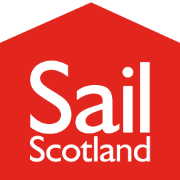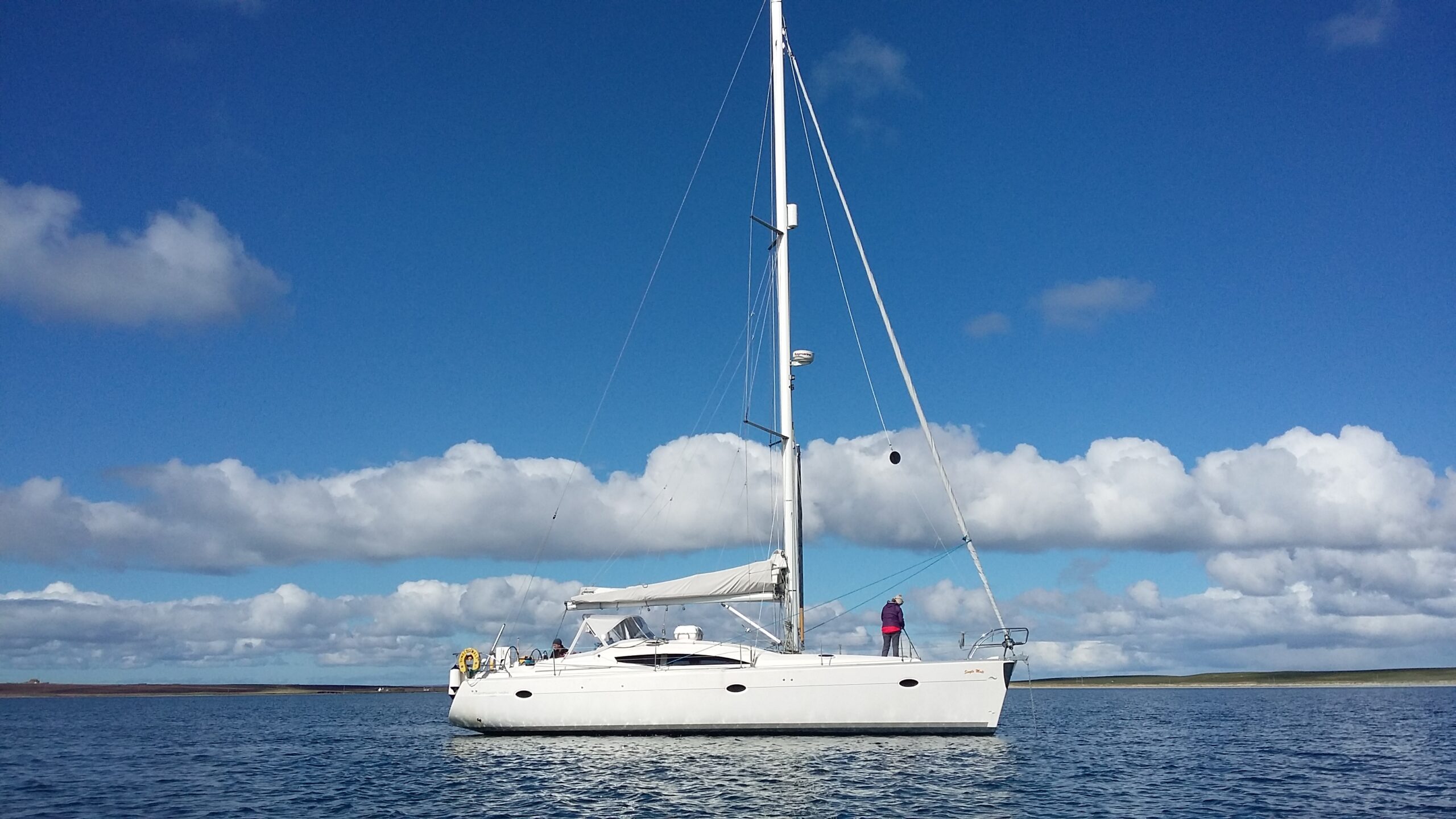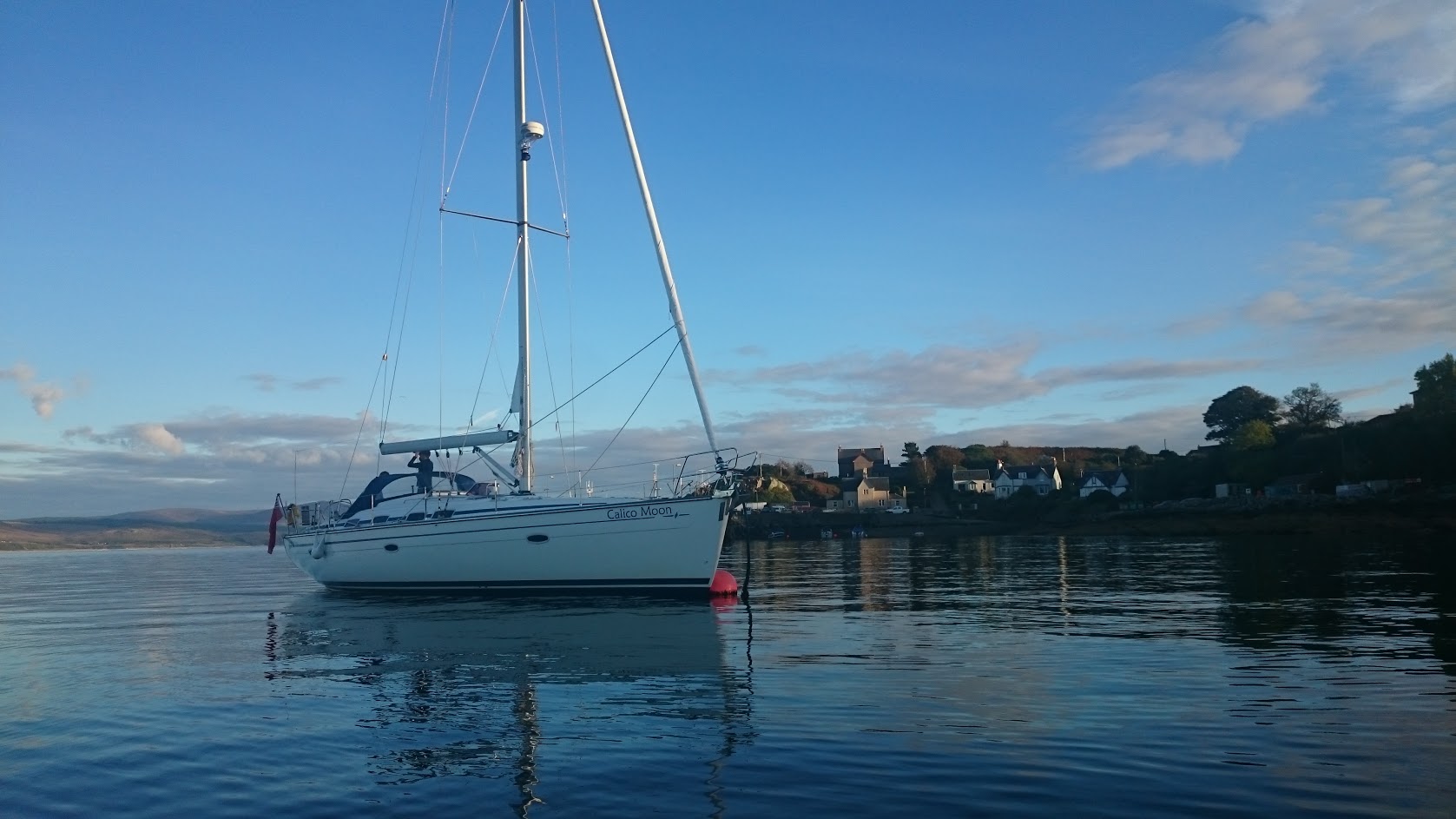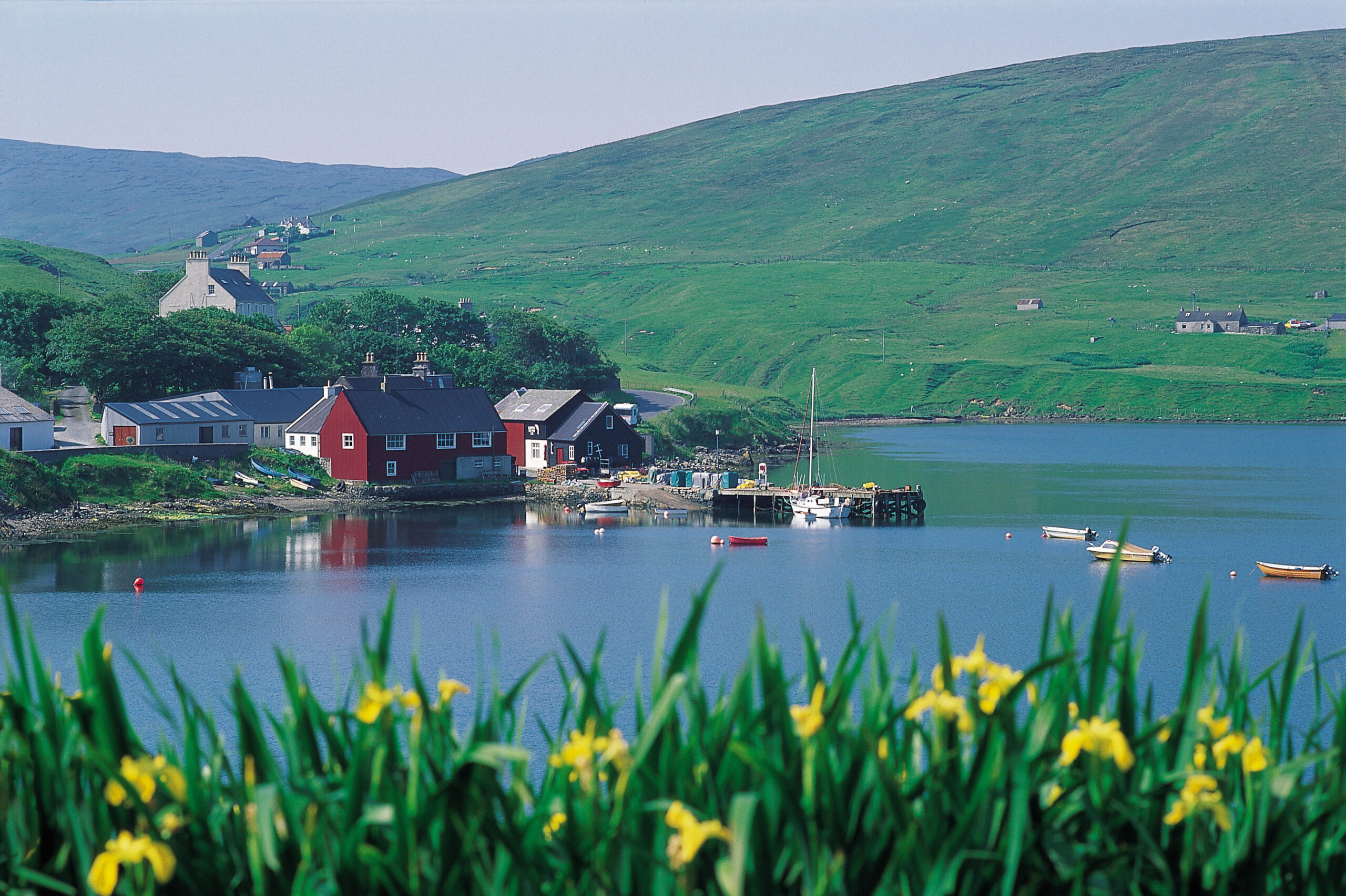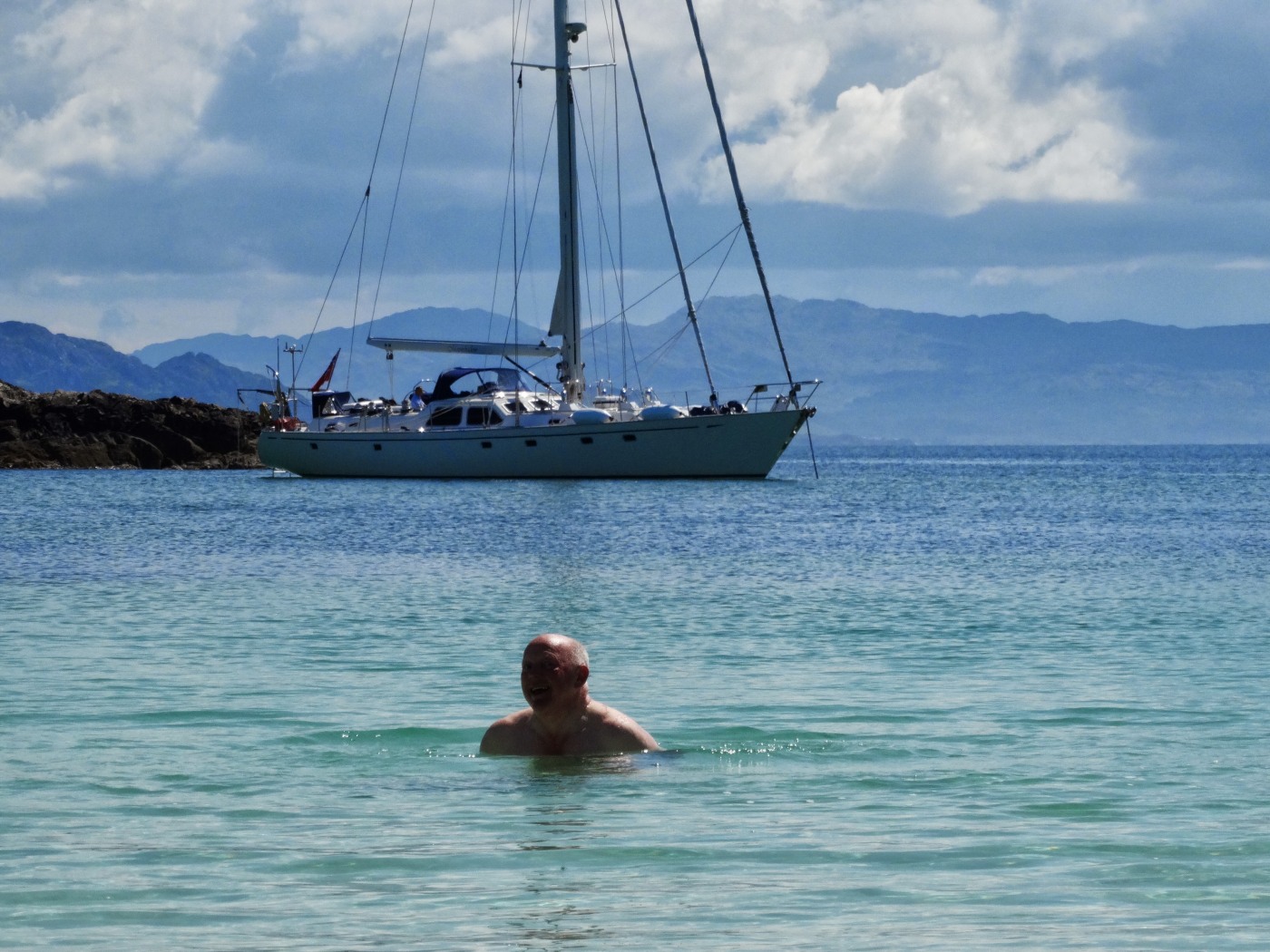Orkney & Shetland
Orkney & Shetland
ANCIENT HISTORY MEETS A LIVELY BRAND OF MODERN CULTURE in the scattered communities of the Northern Isles. The Vikings of old may have been a law unto themselves, but these days the locals are a very friendly bunch! And you’ll find a high standard of marina facilities.
The people of Orkney and Shetland have an enduring affinity with their Norse forebears, and sailors making landfall in the Northern Isles will soon become aware of the strong Scandinavian influence.
Whether you choose to stay a while in Orkney to investigate some of the 70 islands or are stopping off on the way to Shetland, the Faroes or beyond, you will find a friendly welcome, good facilities, a wealth of ancient historic sites, abundant wildlife and a thriving cultural scene including numerous festivals.
There are well-established marinas in Kirkwall, Stromness and Westray, each with a different character. They provide secure berthing with good shelter and are accessible in all tides. A rover ticket allows berthing in all three marinas and at the many piers and visitor moorings throughout the islands so that the cruising possibilities are almost endless. Ask a local for advice on the best routes, where to catch the breathtaking sunsets, and the best places to see the wildlife.
Take in the spectacle of Orkney’s vast population of breeding seabirds among stunning coastal scenery off Noup Head on Westray, St John’s Head on Hoy, or Mull Head or Marwick Head on the Mainland. Visit some of the RSPB’s 13 reserves in the islands, home to hen harriers, corncrakes and curlews. As you cruise from one island to another you’ll see common and grey seals, or ‘selkies’, at home in their breeding sites.
The clean seas and fertile land yield a rich variety of local produce, including crab, lobster, salmon and scallops, and premium beef and lamb. Orkney’s proud reputation as a top-quality food and drink destination is well deserved. The world-famous Highland Park and Scapa distilleries are the most northerly on the Scotch whisky map and are essential stops for whisky lovers. Small local businesses produce Orkney wine, gin, beer, ice cream, fudge, cheese and oatcakes, all readily available at local shops and in cafés and restaurants.
There is worldwide interest in the amazing new archaeological discoveries being made in Orkney every year; the sheer number and quality of prehistoric sites throughout the islands is staggering. The Ness of Brodgar is one of the more recent finds and visitors are able to watch closely as archaeologists continue to uncover more about our ancient ancestors at this vast Neolithic site. Close by, Skara Brae, the best-preserved Neolithic settlement in Western Europe, the Standing Stones of Stenness, the spellbinding Ring of Brodgar and Maeshowe chambered tomb make up the Heart of Neolithic Orkney, a UNESCO World Heritage Site.
Equally fascinating is Orkney’s wartime history. As you sail around, you can still see watchtowers and gun emplacements clearly visible on the coastline and the Churchill Barriers, constructed to protect the Home Fleet in Scapa Flow during World War Two. Beside them is the captivating Italian Chapel, built by Italian prisoners of war. The Scapa Flow Visitor Centre in Lyness has an amazing archive of artefacts and photographs showing wartime Orkney.
Today, Orkney’s culture can be enjoyed all year round, all over the Isles. Music is everywhere – in bars and halls, and at great intimate venues such as the Graand Owld Byre on Westray, The Reel and the Sailing Club in Kirkwall and the Gable End Theatre on Hoy. Annual events including the world-renowned St Magnus Festival, the Orkney Folk Festival based in Stromness and the rock and blues festivals continue to grow, with visitors and locals getting together to soak up the music and the atmosphere. There is a full calendar of events and exhibitions in the museums, art galleries and libraries. These include the Orkney Storytelling Festival where you can hear Orcadian tales and myths old and new.
There is a strong tradition of sailing in Orkney, and visitors to the marinas are made honorary members of the Sailing Club in Kirkwall for the duration of their visit. For those who wish to change crews, charter a yacht or to join a yacht already under way, transport links to Orkney are good. There are regular ferry services from Scrabster, Gills Bay, Shetland and Aberdeen and frequent flights to major Scottish airports. There is lots of excellent information on planning your trip, including local cruising and sailing guides and an ‘ask a local’ service, at www.orkneymarinas.co.uk
Further north, Shetland is a truly special sailing destination. The archipelago has more than 100 small islands and 900 miles of coastline, with a striking combination of dramatic cliffs and sheltered harbours. There are four marinas, at Lerwick, Bressay, Scalloway and Skeld, with a further 17 small marina or pontoon facilities scattered around the islands.
Shetland’s capital, Lerwick, makes a sensible first port of call for visiting boats. The town has the harbour at its heart and you’ll find everything you might need including a shipyard for emergency repairs plus plenty of shops and pubs.
The live traditional music scene is thriving with musical evenings in many of the pubs, hotels and restaurants. The Shetland Folk Festival at the beginning of May is the UK’s most northerly folk festival. It celebrates Shetland’s rich musical heritage with local acts performing alongside visiting artists from all over the world. The Shetland Fiddle Frenzy in August showcases Shetland’s unique fiddle tradition with workshops and concerts to be enjoyed.
Other event highlights across the islands include the Shetland Nature Festival in July, featuring some of the rarest flowers in Britain; agricultural shows throughout the summer; the Skeld sheepdog trials in August; and the simultaneously running and internationally renowned Wordplay and Screenplay festivals in September, which showcase both local and international writing and film-making.
From the water, you’ll see the thriving population of seabirds and other wildlife. More than a tenth of British seabirds can be found here, and the islands have four RSPB reserves, including the amazing Sumburgh Head. Here you can see puffins, kittiwakes, fulmars and guillemots on the cliffs and catch a glimpse of dolphins, minke whales and orca in the water. You’ll find sea mammals in Shetland’s waters all year round. Otters, common and grey seals and harbour porpoises are all common sights.
Nowhere on the land is more than three miles from the coast and five millennia of history can be experienced at more than 6000 archaeological sites. There is a strong Norse influence in Shetland culture, including in the dialect in which many Old Norse words are still used, and in the place-names. Visit Jarlshof, a prehistoric and Norse settlement overlooking the West Voe of Sumburgh, or Old Scatness, an Iron Broch and village representing 2000 years of continuous occupation.
Yachting has an important place in the Shetland calendar. There are a number of local, national and international events taking place including Tall Ships, Round Britain and Ireland Races and local regattas.
In terms of sailing conditions, Shetland’s tidal ranges are small, typically less than 1.5 metres, although streams can be locally strong and good pilotage is essential.
Check out local facilities and marinas HERE
More detaila about Shetland’s marinas and facilities can be found HERE
